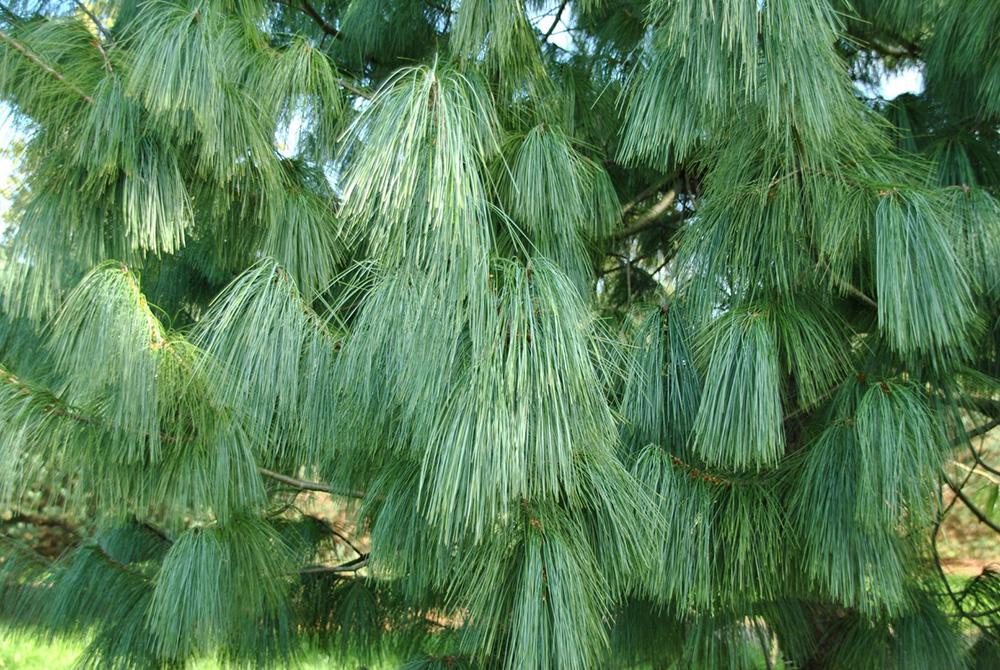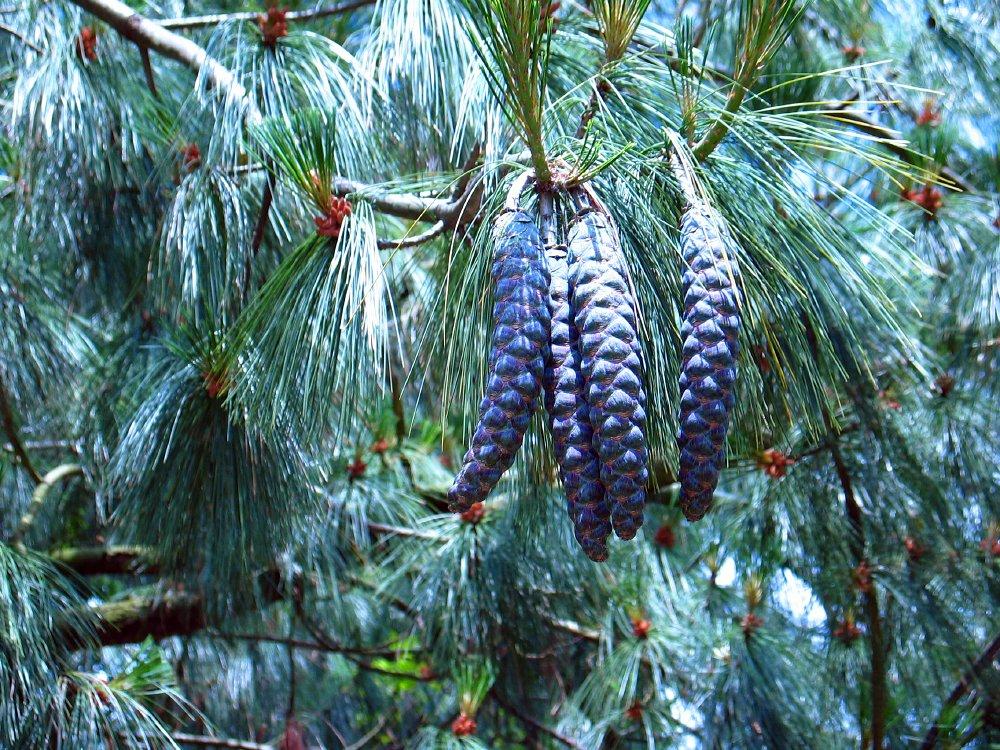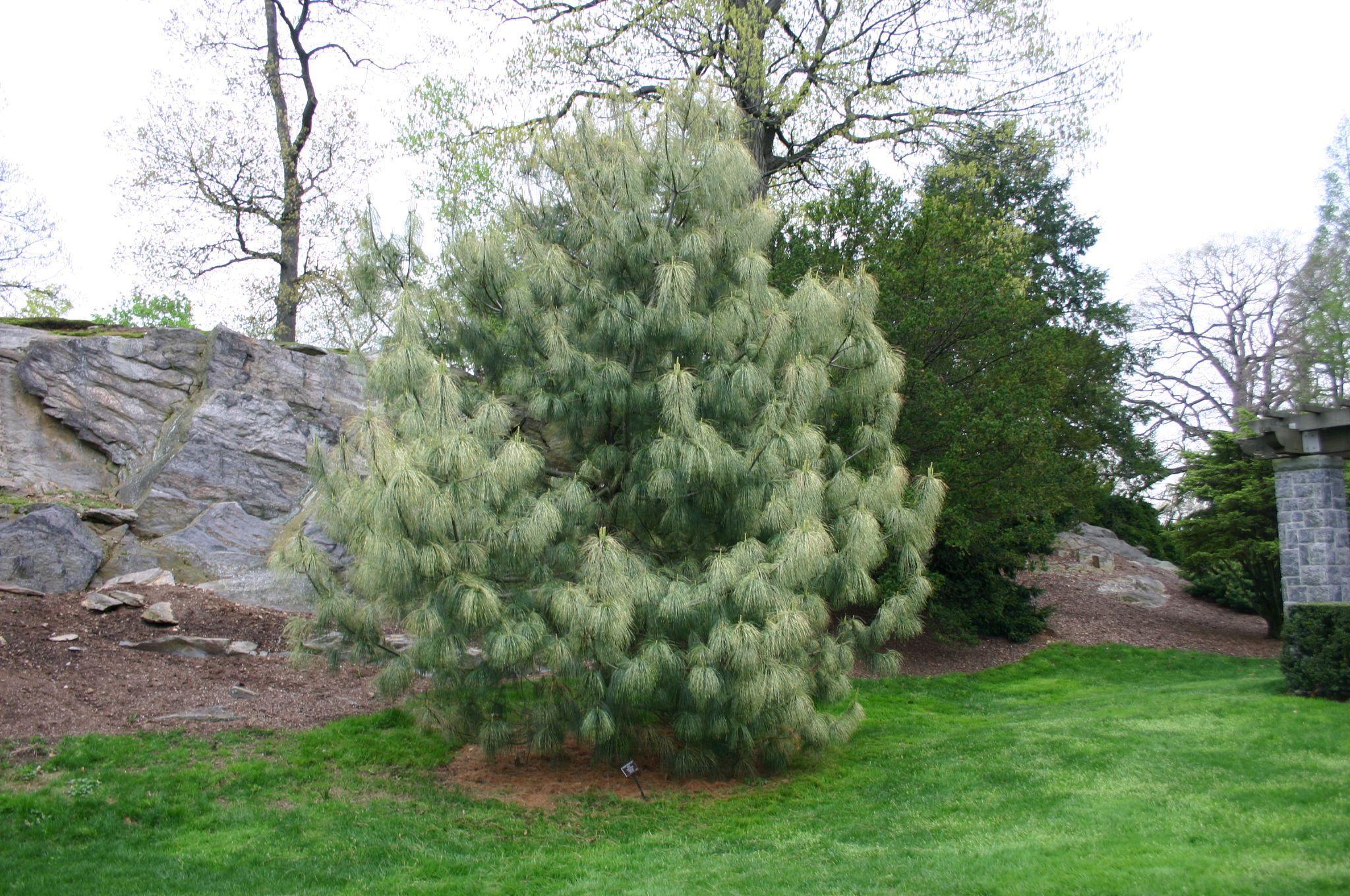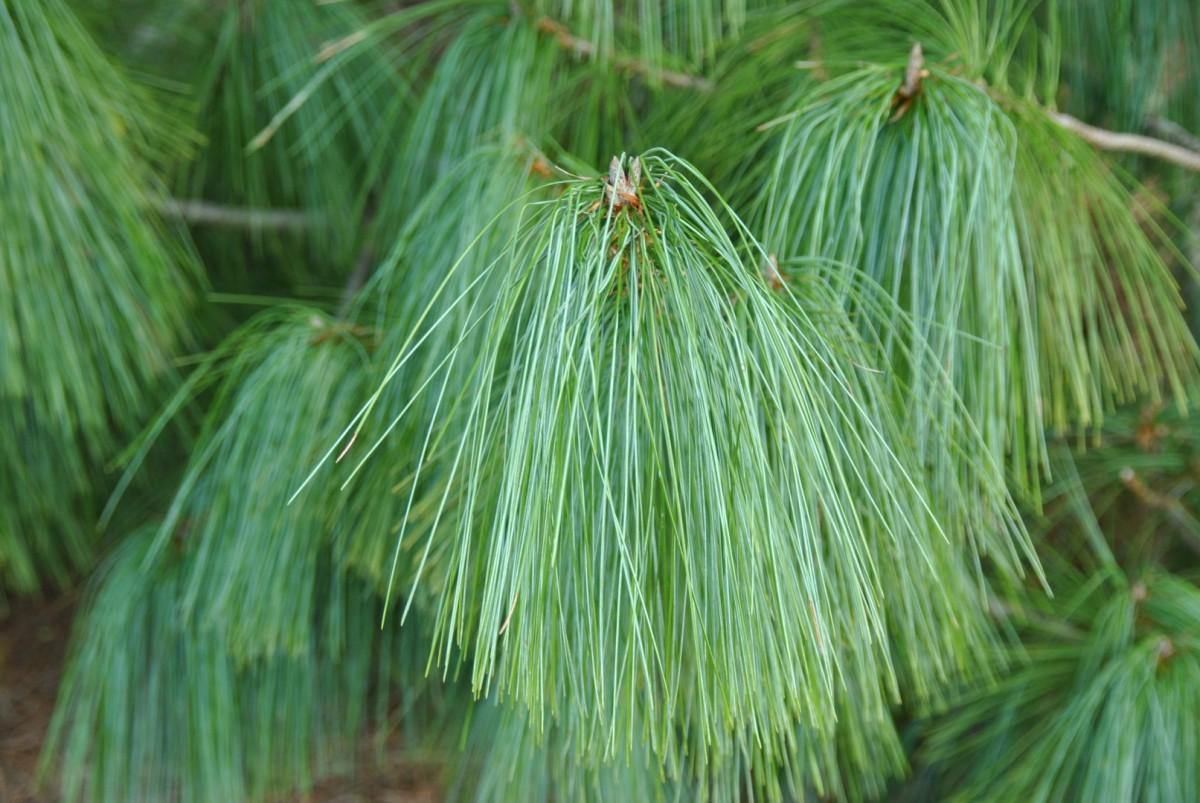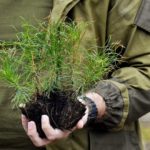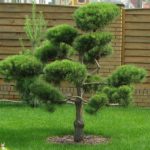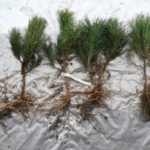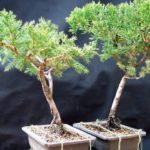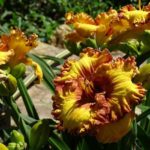Himalayan pine is a popular ornamental crop that can decorate any area. The plant is often called Griffith pine or Wallichiana pine. The culture received its name in honor of Nathaniel Wallich, a famous Danish botanist and surgeon. In the early 1800s, breeder Lambert brought pine to England. Gradually the culture became widespread. Since that moment, she has not lost her popularity and attractiveness.
Description of the species
Under natural conditions, Griffith pine grows in eastern Afghanistan, western China and northern Nepal and Myanmar. The culture has also become widespread in the Himalayas. The plant is often grown in Belarus, Russia, and Ukraine.
This culture is characterized by the following features:
- Under natural conditions, the height reaches 50 meters, and the diameter is 20. In summer cottages, the dimensions are 23x20 meters.
- The tree has a loose, wide-pyramidal crown, which consists of long flexible shoots. Their formation begins at the bottom of the trunk.
- The needles are quite long and reach 20 centimeters. They have a gray or blue-green color with a silvery tint. The diameter of the needles is 1 millimeter. It forms bunches of several pieces, which remain on the tree for 3-4 years.
- Young plants have smooth, dark gray bark. Mature crops acquire an ashen tint and are covered with many peelings and cracks. Young growth is bare and has a light green color.
- The cones are distinguished by a red or light brown tint. Their size is 37x7 centimeters. They are distinguished by their cylindrical shape. Some plants have straight cones, while others have curved cones.
- The seeds are large in size and reach a length of 5 millimeters.
- The root system is very branched and is located close to the surface. The central rod goes 1.5 meters deep.
Trees of this variety are considered long-lived. Their age can reach 300 years. The plant has good winter hardiness. Mature trees can withstand temperatures down to -30 degrees without insulation.
However, in snowy winter conditions, shoots often break under the weight of snow. Also, the tree does not withstand prolonged thaw in winter.It leads to the awakening of the tree ahead of time. As a result, during return frosts the crop freezes.
Correct fit
Wallich pine requires strict adherence to planting rules. In order for the seedling to adapt well, it is important to take into account many recommendations.
Seedling preparation
Only a high-quality seedling can take root in a new place. Therefore, for planting it is worth choosing plants that meet the following criteria:
- They have a closed root system. This will help avoid damage to the roots.
- They are 3-4 years old. In this case, the height of the crop should be 60-70 centimeters.
- No damage or stains. Such symptoms may indicate the presence of pathologies or parasites.
Soil preparation
It is necessary to plant Himalayan pine in places protected from the wind. Most often, an area near a house or fence is chosen for this. The place should be located on the south side. In this case, the pine tree will be able to receive enough sun for full development. To protect the tree from winter thaw and the sun, it should be located in places with diffused lighting.
Sufficient moisture and high-quality loosening of the soil are of no small importance. In this case, the soil should not be alkaline. 2 weeks before planting, weeds must be removed from the site. After which the bed needs to be loosened well.
When growing crops on sandy loam, it is recommended to add 2 buckets of clay to the soil. If you plan to plant in clay soil, you should add a couple of buckets of sand to it.
How to plant a seedling in the ground
To plant the plant, you should dig a hole 2 meters deep. The size of the hole depends on the container in which the seedling was purchased. It is important that the hole is twice the size of the earthen ball on the roots. The interval between adjacent plants should be 4 meters.
A mixture of soil, sand and peat should be poured into the planting hole. It is recommended to mix these components in the same ratio. It is important to add drainage to the bottom of the recess. For this purpose, stones, crushed bricks, sand or gravel are used. In heavy clay soil, the thickness of the drainage layer should be at least 20 centimeters.
At the next stage, it is recommended to place the seedling in a hole with a lump of soil. After which it needs to be covered with prepared substrate.
Features of care
When growing Himalayan pine, it is important to adhere to basic agrotechnical rules. This will help achieve the full development of culture and preserve its decorativeness.
Watering and fertilizing
In the first years of life, plant care includes regular and frequent watering. It is especially important to moisten the soil during drought. This must be done at least 5 times during the season. In this case, 2 buckets of water are required for 1 seedling.
Pine trees need to be watered in early spring. This is done before the kidneys awaken. It is also permissible to carry out the procedure in the fall - before the arrival of persistent cold weather. Up to 40 liters of water should be used for 1 plant.
Young needles respond well to sprinkling of the crown. Thanks to this, it is possible to saturate it with moisture and avoid pest attacks. In the summer, irrigation should be carried out every week. This needs to be done in the evening. This will help prevent sunburn.
At the end of July or at the beginning of August, pine should be fed with a mineral composition. For this you can use superphosphate or potassium nitrate. It is recommended to take 30 grams of product per 10 liters of water. These substances help strengthen the roots, increase frost resistance and help preserve the decorative properties of the tree until spring. For 1 plant it is worth using 5 liters of working fluid.
Trimming
To form a beautiful crown of a tree, it is necessary to cut off 30% of the shoots of the current year in September. At the same time, it is impossible to remove more branches, as this can provoke the death of the crop.
It is also important to cut off damaged branches. Sanitary pruning must be done every year. To avoid the development of infectious pathologies after cutting, it is recommended to treat the cut area with wood ash or copper sulfate.
Loosening
After each watering, the soil needs to be loosened. During this procedure, it is recommended to remove weeds. At the end, the tree trunk circle should be covered with a mulch layer. To do this, it is permissible to use peat or sawdust. Thanks to this, it is possible to avoid drying out of the soil.
How to prepare for winter
It is recommended to cover young pine seedlings for the winter. At the same time, it is impossible to tie the shoots too tightly, since Himalayan pines are characterized by very fragile wood.The best option would be to build a frame, which can be covered with covering material on top. For this, it is permissible to use film or burlap. It is also permissible to use ordinary spruce spruce branches.
Shelter should be done in late autumn, when the air temperature drops to -5 degrees. The structure should be removed in the spring, when the temperature reaches above zero. Thanks to the shelter, it will be possible to protect the plant not only from frost, but also from snow. It also protects the pine from the bright sun, which can cause burns to the needles.
Reproduction methods
Himalayan pines can be grown from the seeds of a mature and healthy tree that is more than 10 years old. Material for planting should be collected in the fall - at the end of September or at the beginning of October. It is at this point that the cones ripen and release their seeds. Planting material must be dried at a temperature of +40 degrees and stored in the refrigerator for a month for stratification. In this case, the seeds should be in damp sand.
It is recommended to plant Himalayan pine seeds in seedling boxes or containers filled with drainage or a nutrient composition of sand and peat. It is worth deepening the seeds to a depth of 1-1.5 centimeters. Plantings should be watered with warm water, covered with film and put in a cool place. At the same time, it is important to ensure a temperature regime of +18-19 degrees and diffused lighting.
Germination of Himalayan pine seeds lasts 2-3 months. To prevent seedlings from dying, they need to be systematically moistened and ventilated. After the sprouts appear, the shelter must be removed and watering continued. It is also necessary to loosen the soil and remove weeds.
Growing of Himalayan pine seedlings continues for another year.At the same time, they need to be planted in open ground in the fall. This should be done in early or mid-September.
Tree threats (pests)
Of the pests, the greatest danger to Himalayan pine is aphids and hermes. To cope with parasites, it is recommended to spray the crown with special substances. To do this, you need to use such products as “Aktara”, “Aktellik”, “Enzhio”. The first time to treat the plantings is in the spring. Repeated spraying is carried out in the summer.
Application in design
Himalayan pine has excellent decorative properties. The culture has long hanging needles. Thanks to this, the tree can be used to decorate park areas. It can be placed on the site as a tapeworm or formed into groups. Conifers look great against the backdrop of rocky hills.
A very popular variety of Himalayan pine is the dwarf variety Nana, which forms a sphere up to 2 meters in diameter. The needles of this variety also look very decorative. With age, it droops like a willow tree. However, the needles of a dwarf tree are much shorter than those of a tall tree. Their length does not exceed 12 centimeters.
Dwarf Himalayan pines are actively used to decorate garden plots. They fit perfectly into group compositions or are used as solitaires. Such plants can be planted on alpine hills, in rocky gardens and in mixed borders.
Himalayan pine is a common crop that fits beautifully into a variety of spaces. In order for the plant to maintain its decorative properties, it requires high-quality care.

